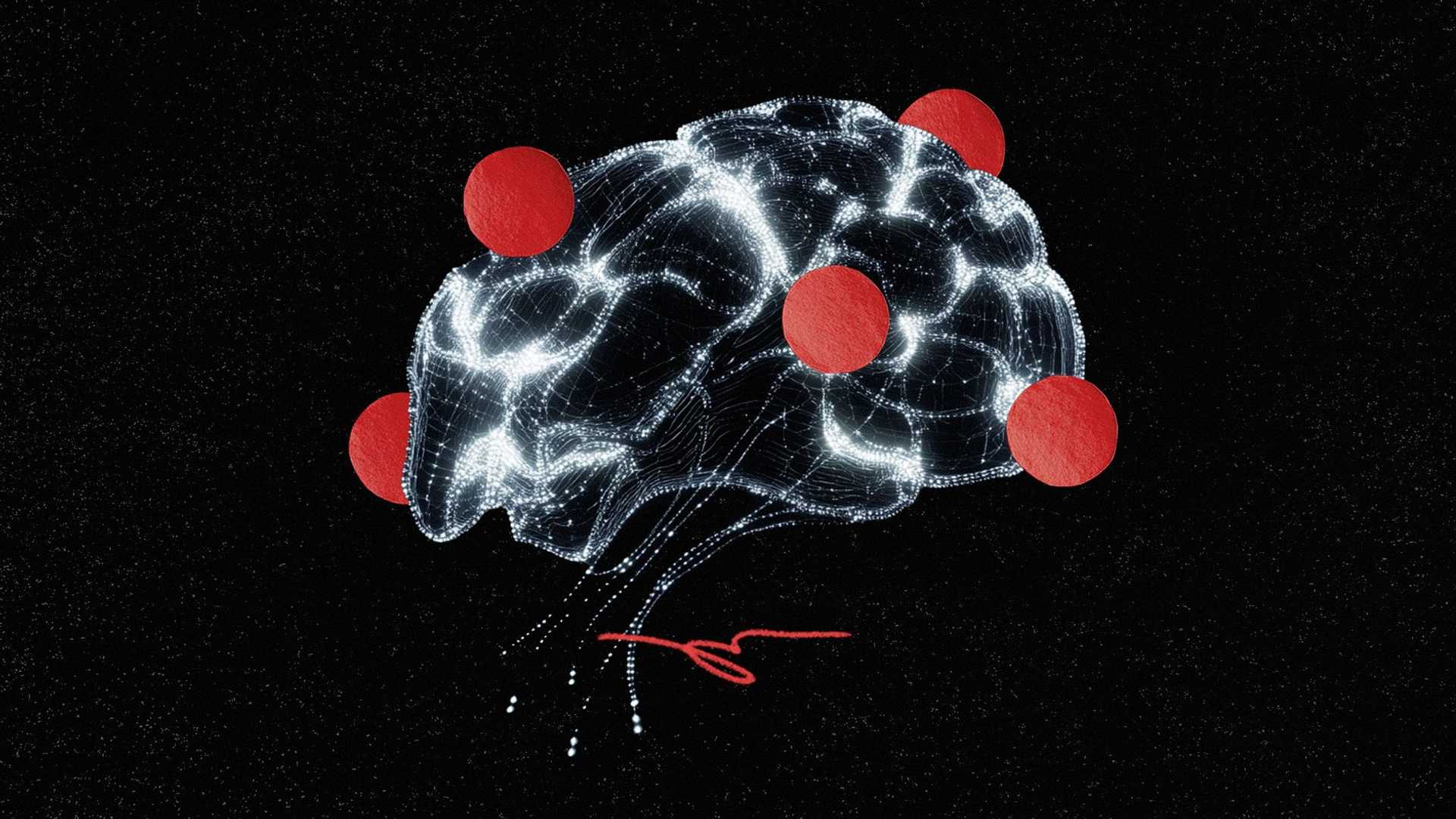OpenAI's bold vision for ChatGPT seems poised for a familiar...
The bull case for OpenAI to build an ads business just got a lot more real. The company is developing a sleek AI companion device, born out of its acquisition of former Apple designer Jony Ive’s design firm, with plans to ship 100 million units, according to The Wall Street Journal. If it takes off, OpenAI could become as ubiquitous as the smartphone.
Cost Challenges
But moonshots like this aren’t cheap. OpenAI isn’t printing money, it’s torching it. The company told investors it won’t turn a profit until 2029, and expects to lose $44 billion along the way, per The Wall Street Journal. That’s where advertising comes in. It’s one of the few high-margin businesses that can absorb the cost of scaling both AI and hardware. 
Building an Ecosystem
With ChatGPT, the GPT Store and now a possible always-on device, OpenAI is steadily building an ecosystem full of engagement and signal-rich user behavior — exactly what advertisers want. OpenAI’s addition of Instacart CEO and Meta alum Fidji Simo earlier this month to CEO of applications suggests that ads won’t be a side hustle, but their play.
Ad Transition
While OpenAI has a subscription business for ChatGPT, only about 4% of the app’s 500 million weekly users pay, according to the company. The other 96% could be hit with ads. They’re not paying with money, but with attention. OpenAI surely can’t fund millions of units of pocket-sized AI companions on £20 a month subscriptions alone. Investors at a reported $157 billion valuation also want their return, so squeezing in ad revenue once the hardware hits scale seems more than likely. 
Challenges and Opportunities
Flipping the switch to introduce advertising isn’t simple. It’s a whopper of a task, as explained by Karsten Weide, principal and chief analyst at W Media Research. Standing up a global ad business means navigating a maze of regulations, regional user behaviors and wildly different levels of market maturity. However, crack that code, and advertisers will come. As the dominant platforms become more expensive and regulated, OpenAI represents something rare: a frontier platform with massive reach, fresh context, and untapped inventory.
Affiliate Model
OpenAI’s current direction seems to be leaning towards an affiliate model. Just last month, OpenAI ruled out updates allowing users to shop directly from their search results in ChatGPT. Whether its fashion, beauty, home goods or electronics, the platform now serves up personalized recommendations, visual product details, price comparisons, and reviews — with direct links to buy them from merchant sites, all within the ChatGPT interface.
Looking Ahead
This new frontier is unfolding rapidly. OpenAI is moving into commerce, Perplexity has spent months laying the groundwork for an ads business, and Google is aggressively rewiring its entire ad stack around AI. What used to be a series of experiments is quickly becoming the industry’s new default. 




















